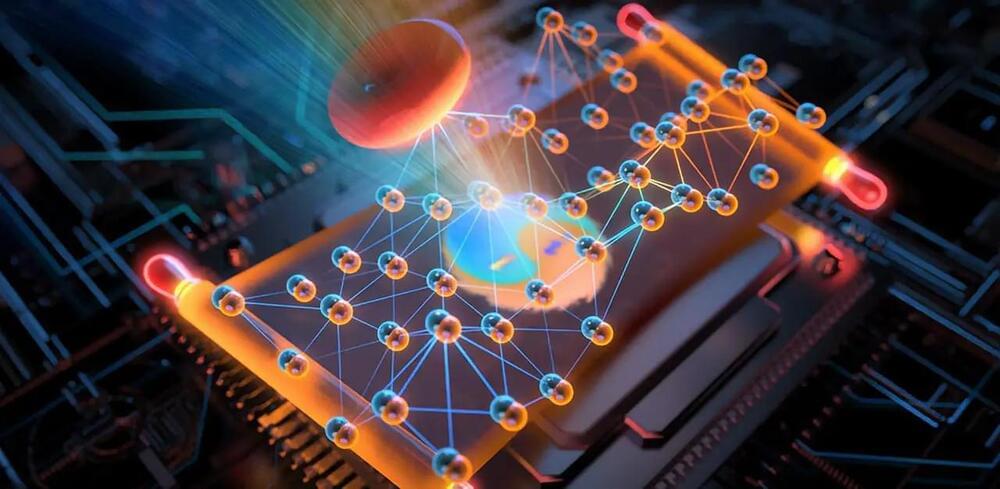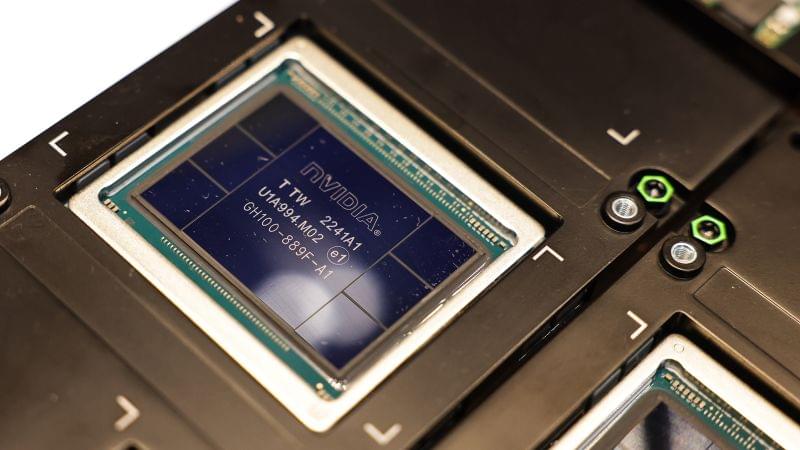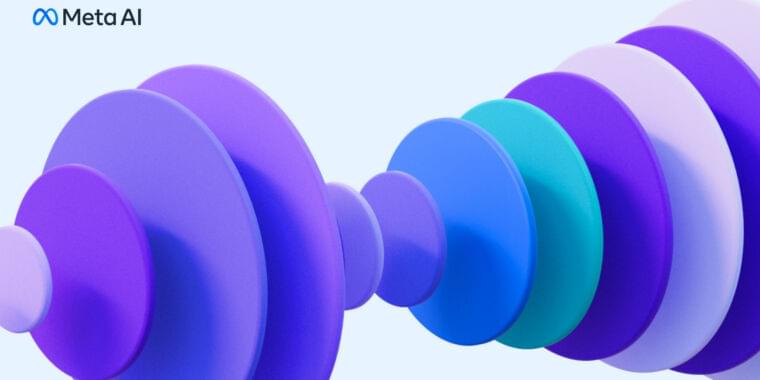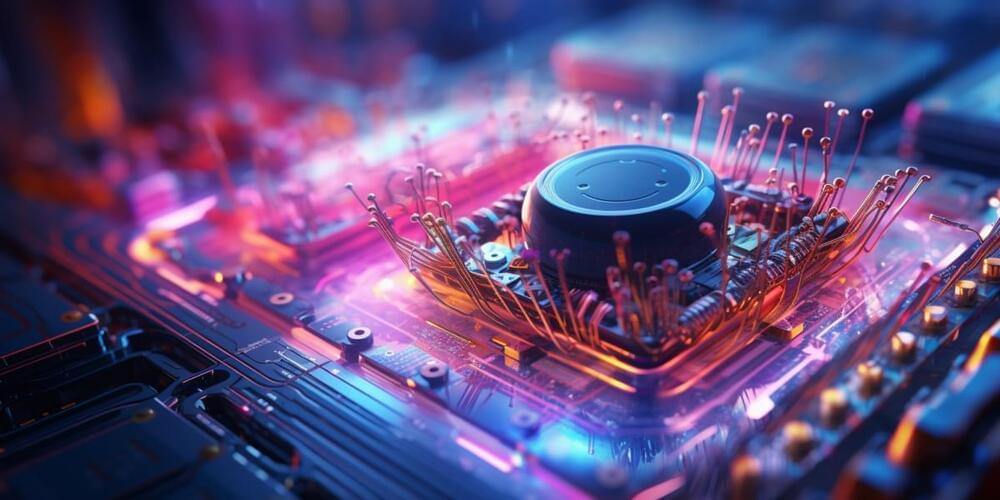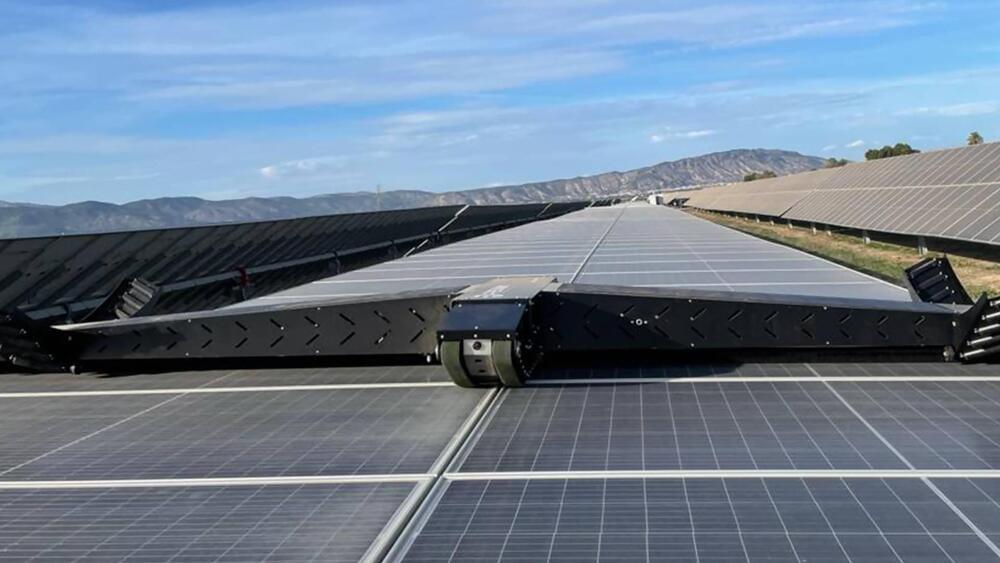Computational imaging holds the promise of revolutionizing optical imaging with its wide field of view and high-resolution capabilities. Through the joint reconstruction of amplitude and phase — a technique known as “coherent imaging or holographic imaging” — the throughput of an optical system can expand to billions of optically resolvable spots. This breakthrough empowers researchers to gain crucial insights into cellular and molecular structures, making a significant impact on biomedical research.
Despite the potential, existing large-scale coherent imaging techniques face challenges hindering their widespread clinical use. Many of these techniques require multiple scanning or modulation processes, resulting in long data collection times to achieve a high resolution and signal-to-noise ratio. This slows down imaging and limits its feasibility in clinical settings due to tradeoffs between speed, resolution, and quality.
